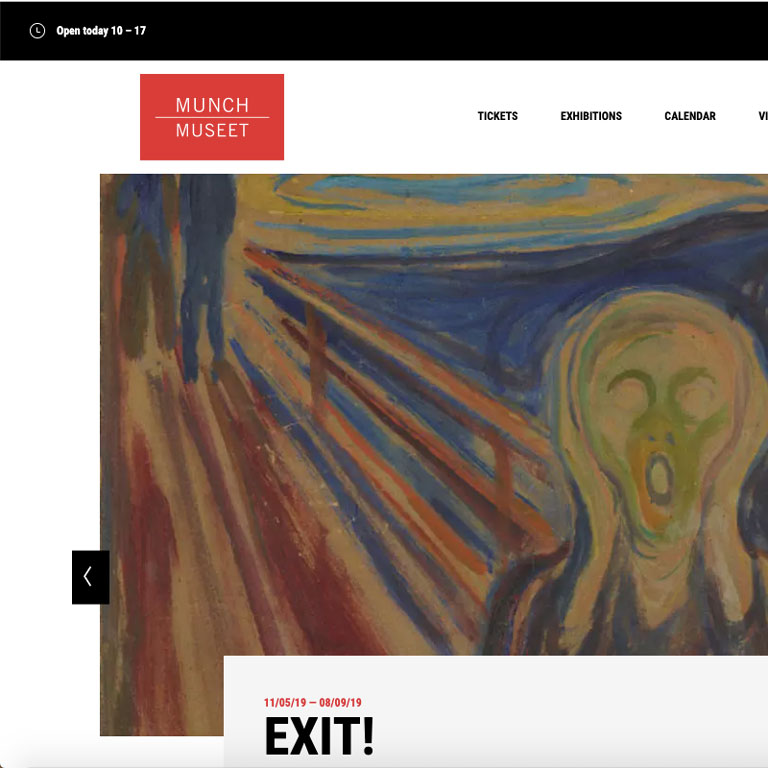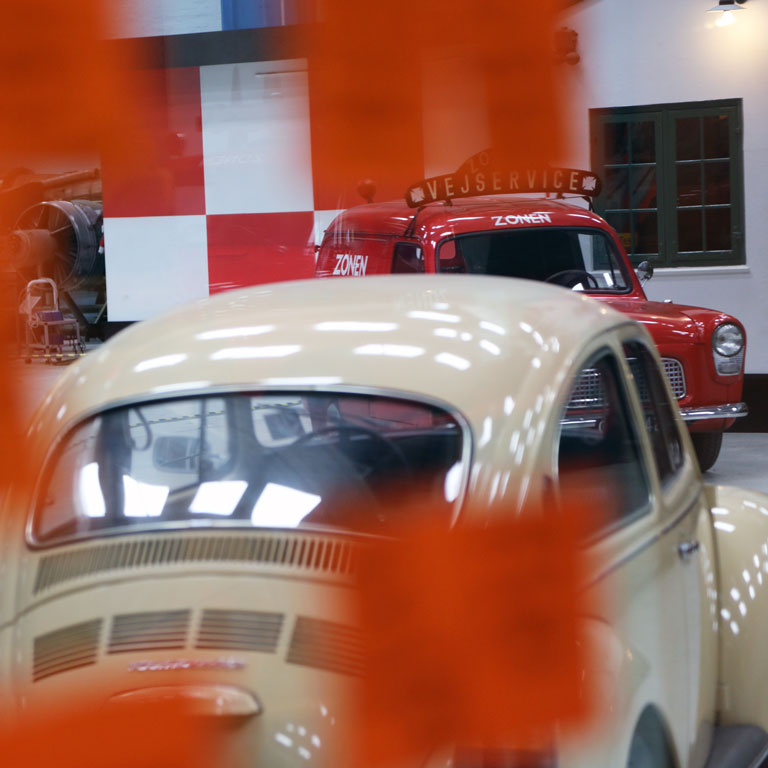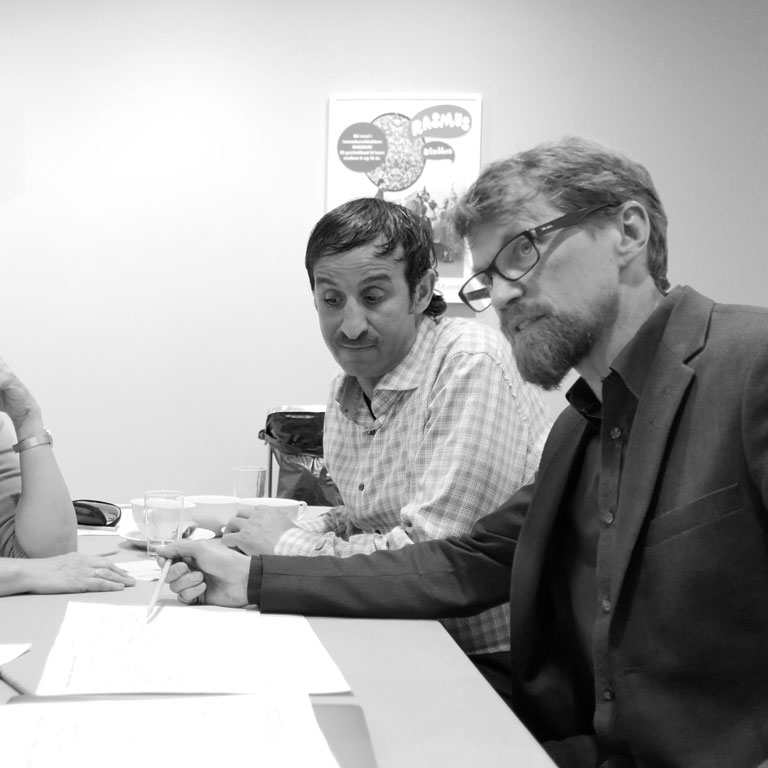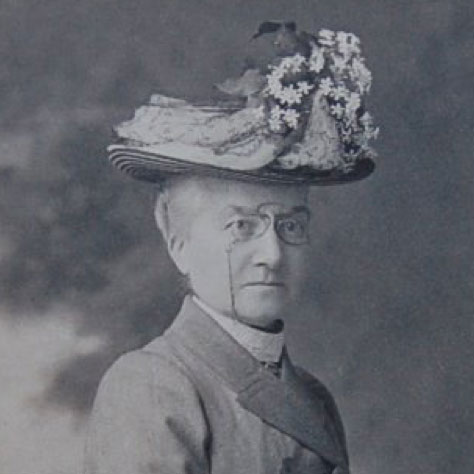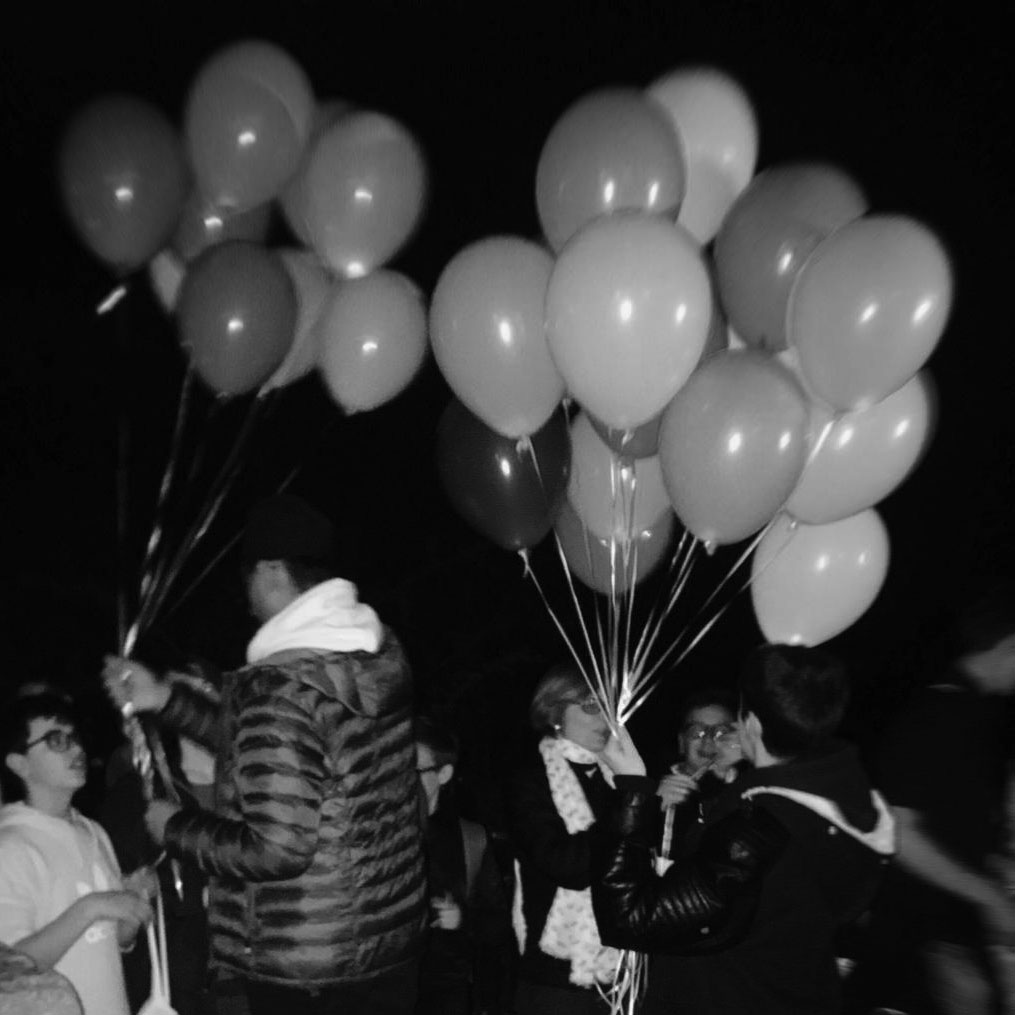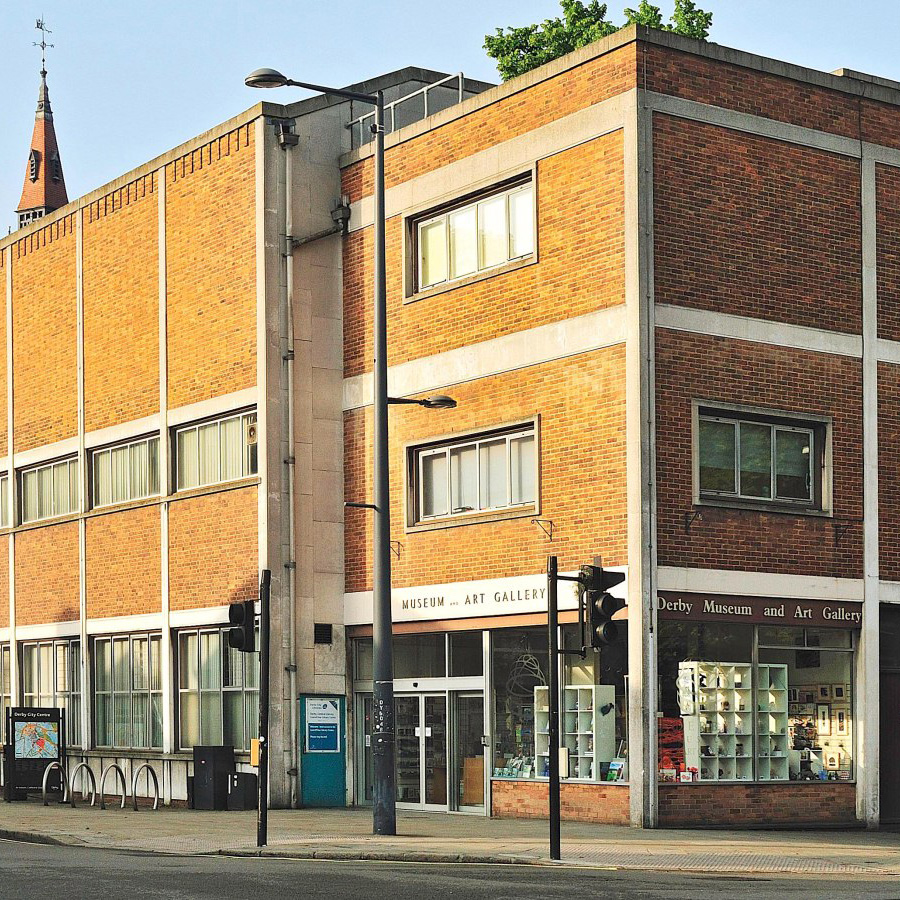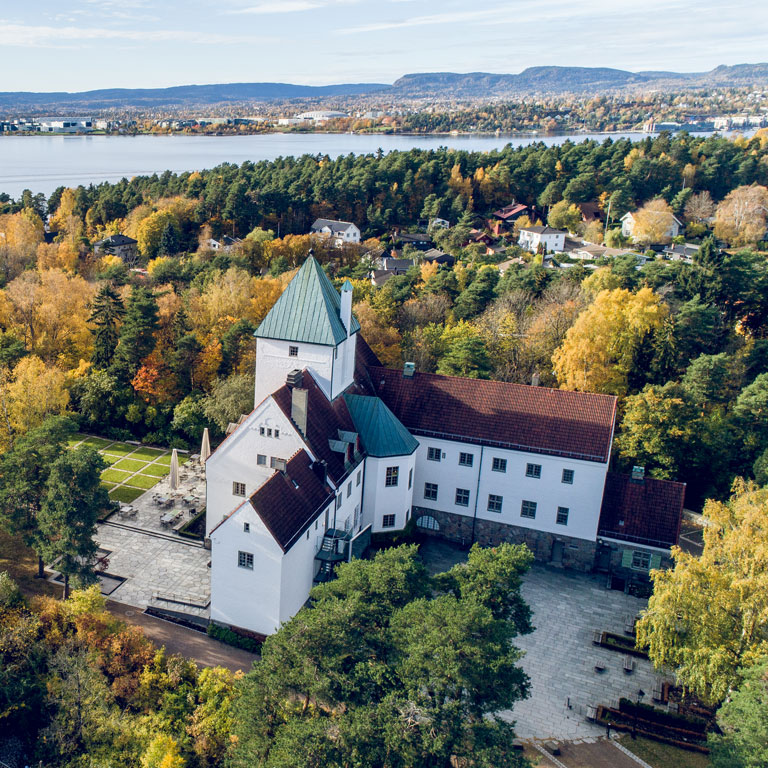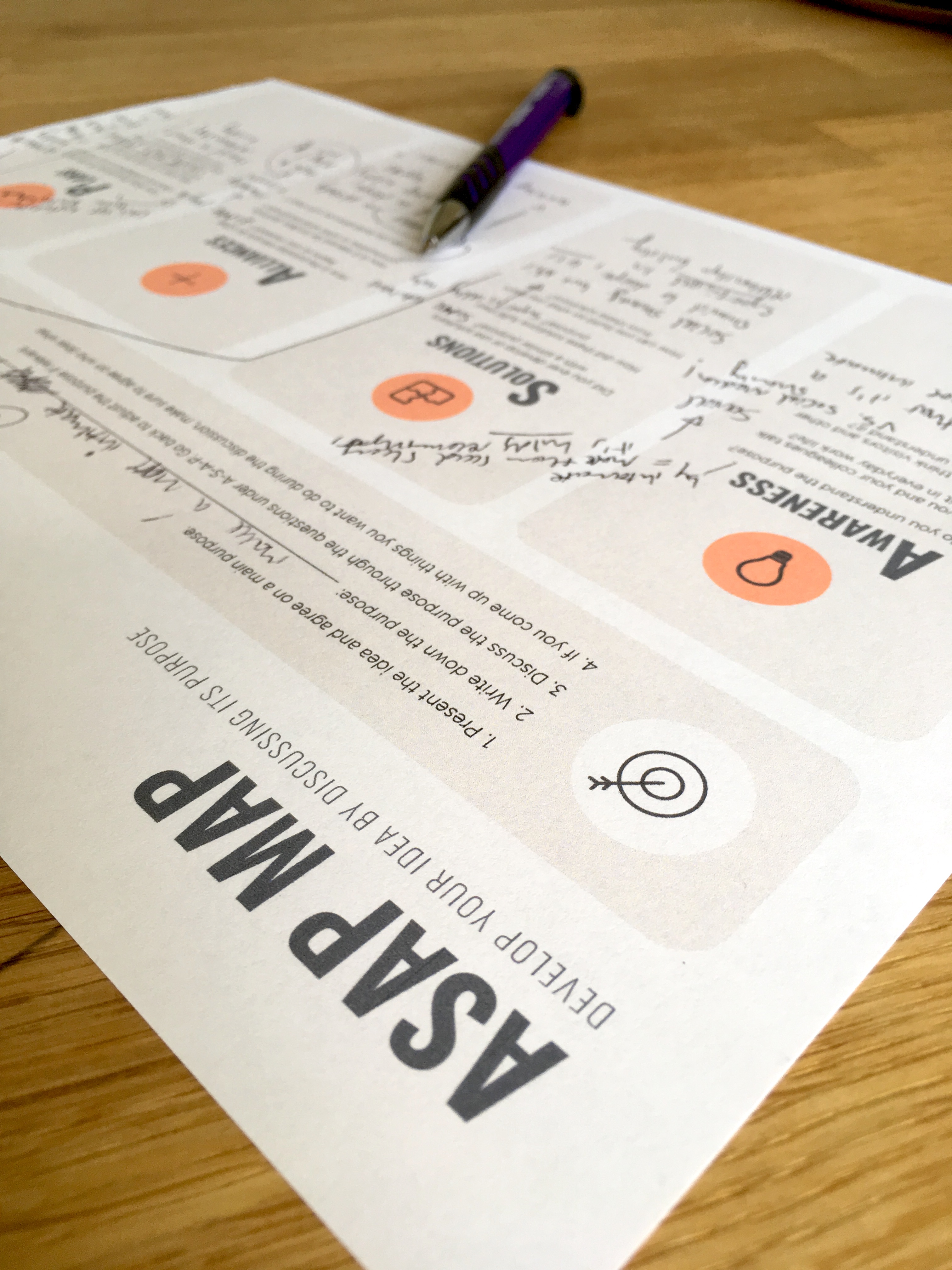Improve your work practices to excel digitally
In the GIFT Action Research, researchers and 10 museums from EU and USA collaborated to better understand organisational challenges for designing digital visitor experiences. We recommend things to think about, things to do and things to explore further when you seek to create change across your organisation.
What we recommend:
Make better connections between collections and storytelling…
Create a bold and open culture and acknowledge that failure is a part of innovation…
Create a more nuanced way of thinking about people…
Develop shared ways of understanding and explaining the value of your work…

1. Systems
Many museums have begun digitising their collections content. With our group of museums, we however discussed how this content often isn’t fit for the purpose of telling engaging stories.
We found that a key reason for this is that accompanying metadata is often limited in its usefulness for more human centred forms of storytelling. Existing collections metadata tends to focus on traditional ‘object focused’ museological and historical interpretations, rather than alternative ‘people focused’ interpretations that could, for example, relate to the inspiration or impact that an object has on someone.
In response to this issue, we wondered:
How might we make better connections between our collections and storytelling?
Things to think about
- Are you treating your collections as a singular form of information, explained in one type of way, and framed for people with specific and obvious interests? If so, are you making the most of this asset? Find out who else might be interested in your collections and why in order to develop more varied interpretations.
- Recognise that human stories are as important as object stories. Don’t view your objects as the sole focus. Regard them as the ‘raw material’ that prompts additional human stories to be told.
- What can you learn about storytelling from other disciplines and sectors? What other assets can you draw upon, in addition to your collections?
Things to explore further
- Museum Crush: A platform sharing objects found in museums.
- GLAM WIKI: A wiki on how to use Wikimedia to produce content.
- Storythings: A website on telling stories.
- Blog post by Melissa Terras on reusing digital content.
- Blog post by Jennifer Staves on choosing storytelling over blogging.
- Blog post by Chad Coerver on content strategy.
Things to do
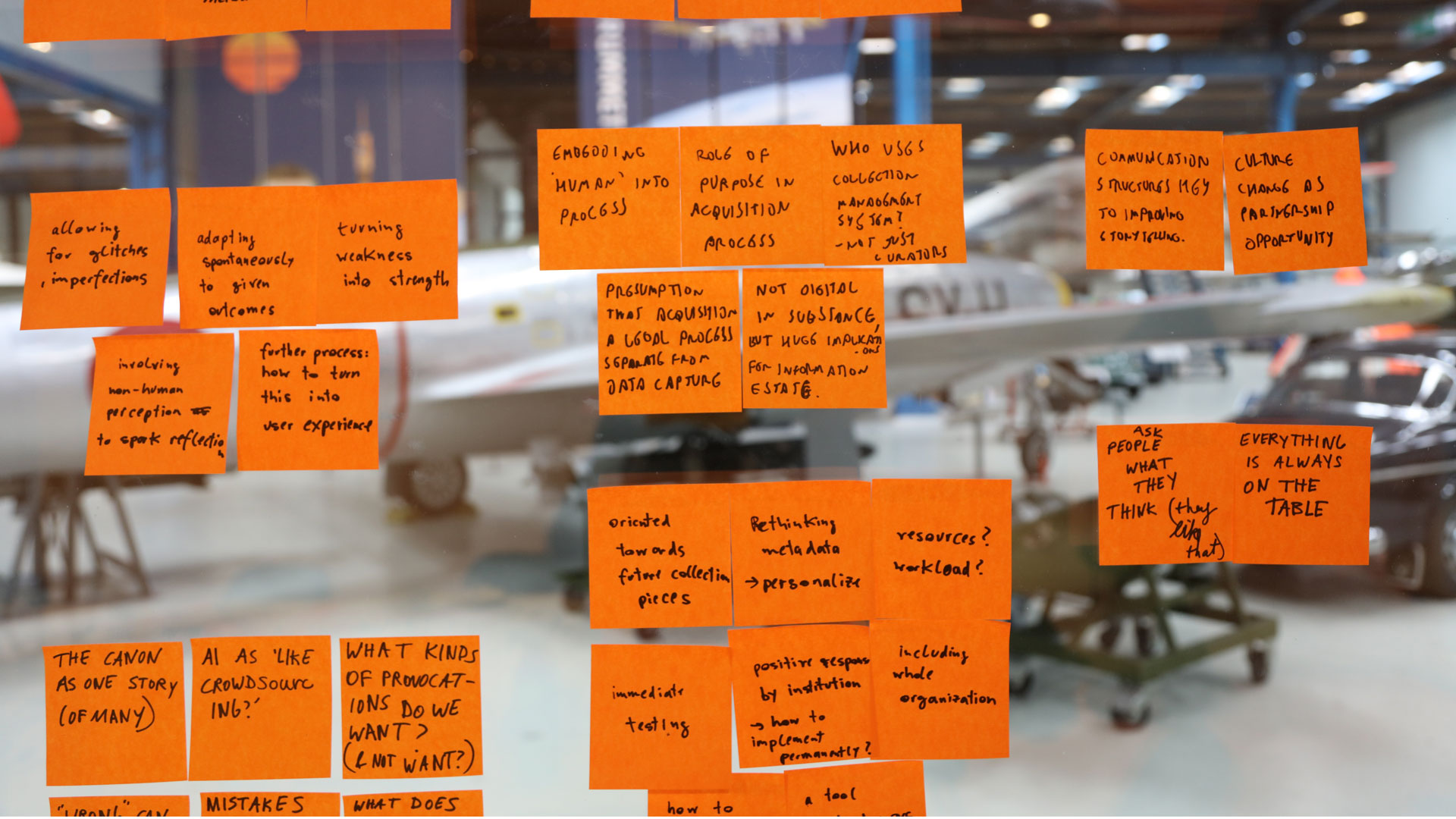

2. Culture
With our group of museums, we discussed how, for some museums, the existing internal culture can often be siloed, risk averse, rigid and bureaucratic. Such cultures are often inherited from more traditional structures and models of working in museums.
We noticed how this was increasingly incompatible with fostering innovative digital practices. On the contrary, we found that such practices rely on open and collaborative discussion, ideation and experimentation – with room for taking risks and sometimes even failing.
We therefore wondered:
How might we create a bold and open culture in museums, including an acknowledgement that failure is a part of innovation?
Things to think about
- It’s hard to create a bold and open culture simply by saying that’s what you want to do. It’s easier to try out new approaches and reflect on how bold and open these make you.
- Do you know how much untapped enthusiasm for change exists already amongst your colleagues? If not, find out. You might be surprised that you have lots of existing enthusiasm to work with.
- How can you create momentum by allying with like-minded people in your organisation?
- Can you give your staff a mandate to stand outside their roles to be themselves, to respond to personal values and motivations and to feel comfortable expressing different views?
- Can you create a safe and supported space for staff to express themselves honestly and how do you embed this space into the formalised structures and processes of your organisation?
- Can you lead by example to differentiate ‘failure’ from ‘shame’? Can you be honest, and thus encourage colleagues to be honest, about what has failed and what you’ve learned?
Things to explore further
- Human-Centred Design Handbook: A handbook by Derby Museums.
- Blog post by Matt Locke on strategy, culture and rhythm.
- Interview with Carolyn Royston on tech lunches for museum staff.
Things to do
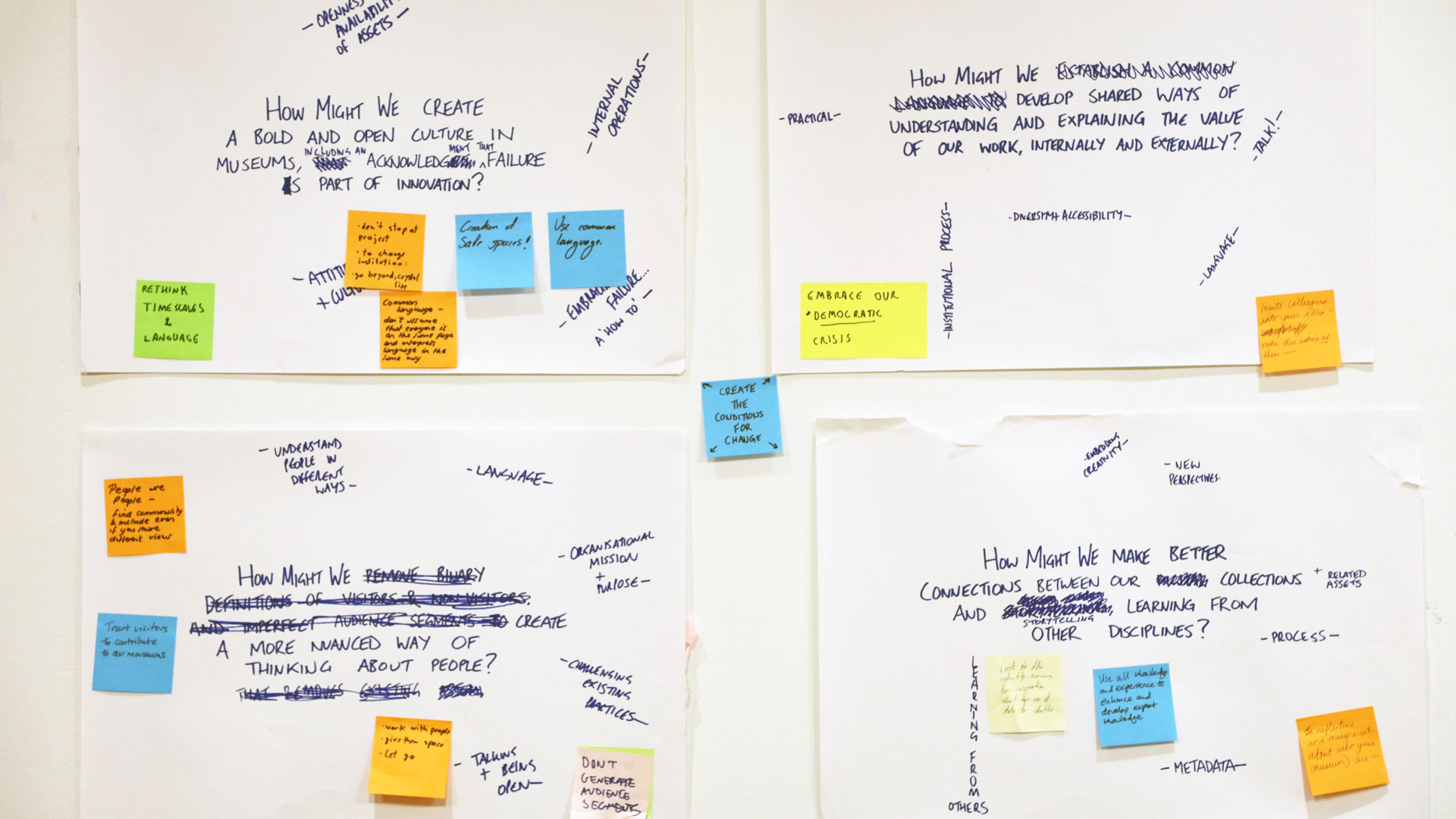
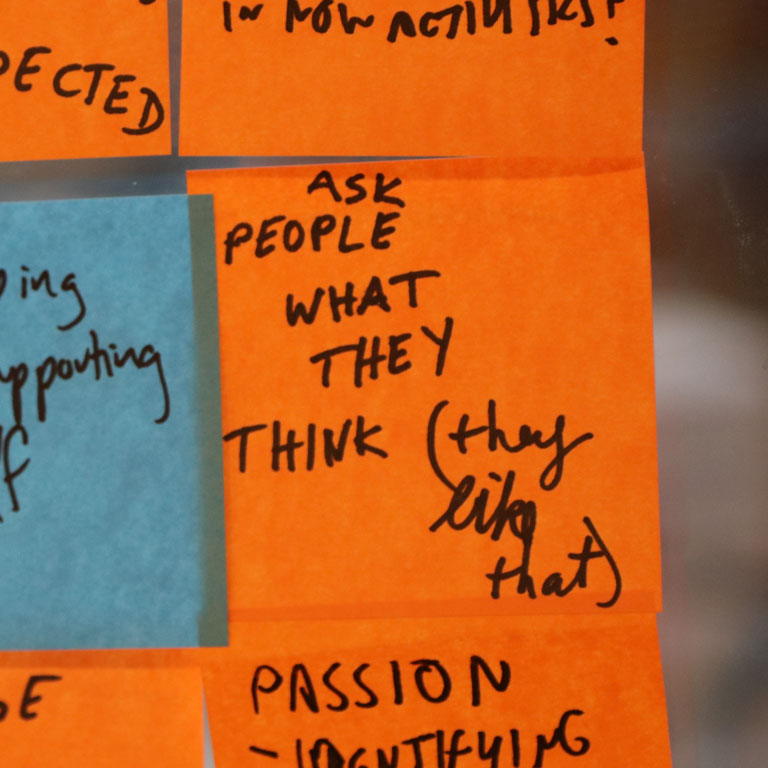
3. People
With our group of museums, we reflected on how existing approaches to engagement in some museums tend to rely on narrow and assumed interpretations of who people are and what they want, according to specific demographics or binary audience segmentation. We discussed that these approaches were distanced from reality, as people don’t conform neatly to these predefined segments. They have (unsurprisingly!) varied interests, motivations, values, and behaviours.
We felt that many museums need to better understand people, not as types belonging to certain categories, but as human beings.
So in response to this issue, we wondered:
How might we create a more nuanced way of thinking about people?
Things to think about
- How do you give people the space to talk about themselves from their perspectives, rather than framing it around museum needs?
- Can you develop creative methods to engage different, more human perspectives, such as imagination and critical thought?
- If you feel like you don’t have the skills and tools to gain nuanced insights about people, consider getting help from external design partners. Even a one-day workshop will leave you with valuable insights about people.
- Recognise the limits of audience segmentation models: Consider a ‘both/and’ approach – segmentation models are useful, but since you are building for a future that doesn’t yet exist, you don’t want to be limited by these existing models. Keep one foot in imagination.
- Reflect on your role as a museum institution and the authority that is associated with it: How do you feel about giving up control and authority in order to invite the opinions, ideas and creativity of your visitors?
Things to explore further
- The Common Cause Handbook: A handbook on values by PIRC.
- Teen Night at the MET: A teen takeover event at the MET.
- The Five Minute Falk: A quick intro to identity related motivations.
Things to do
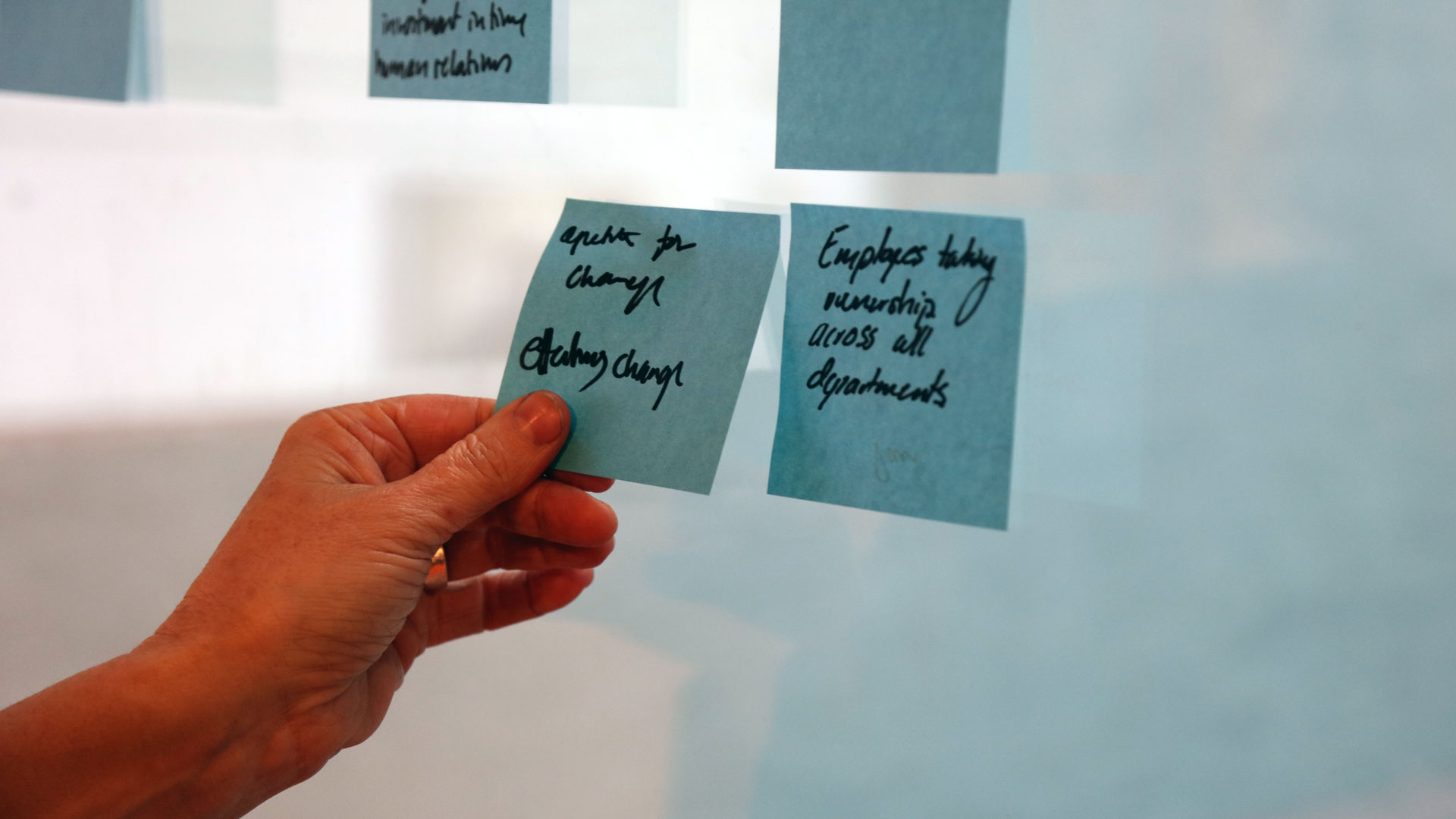

4. Understanding
With our group of museums, we discussed how museums often don’t have a shared way of understanding and articulating the value of their work. We felt that this can often lead to challenges in working collaboratively, both internally and externally.
We felt that a reason for this could be a mismatch between different ways of understanding: Traditional ways seek to preserve existing forms of knowledge and showcase established narratives; whereas novel ways, influenced by digital culture, seek to facilitate more democratic forms of knowledge construction and create other forms of narratives.
So in response to this issue, we wondered:
How might we develop shared ways of understanding and explaining the value of our work?
Things to think about
- How can you support your colleagues to build in time to reflect on their work practices, particularly focusing on how they interpret different concepts through their work?
- Recognise the importance of having a shared language – and the differing assumptions that might exist within an organisation around the meanings and use of specific words.
- How do you harvest results of previous work into new work in order to keep developing? How do you bring learned lessons back to yourself and your organisation?
- How can you build trusting relationships among colleagues? How can you foster a culture of openness, camaraderie, and distress tolerance as culture changes?
- How can already existing communication tools and forums at your museum be employed in a better way to overcome silo thinking and encourage negotiation of common values and goals?
Things to explore further
- One by One Project: A project on building digital confidence.
- Let’s Get Real 6: A project on the social purpose of digital technology.
- The Impact Playbook: A guide to assessing impact.
- The MASS action toolkit: A toolkit on museums and social action.
Things to do
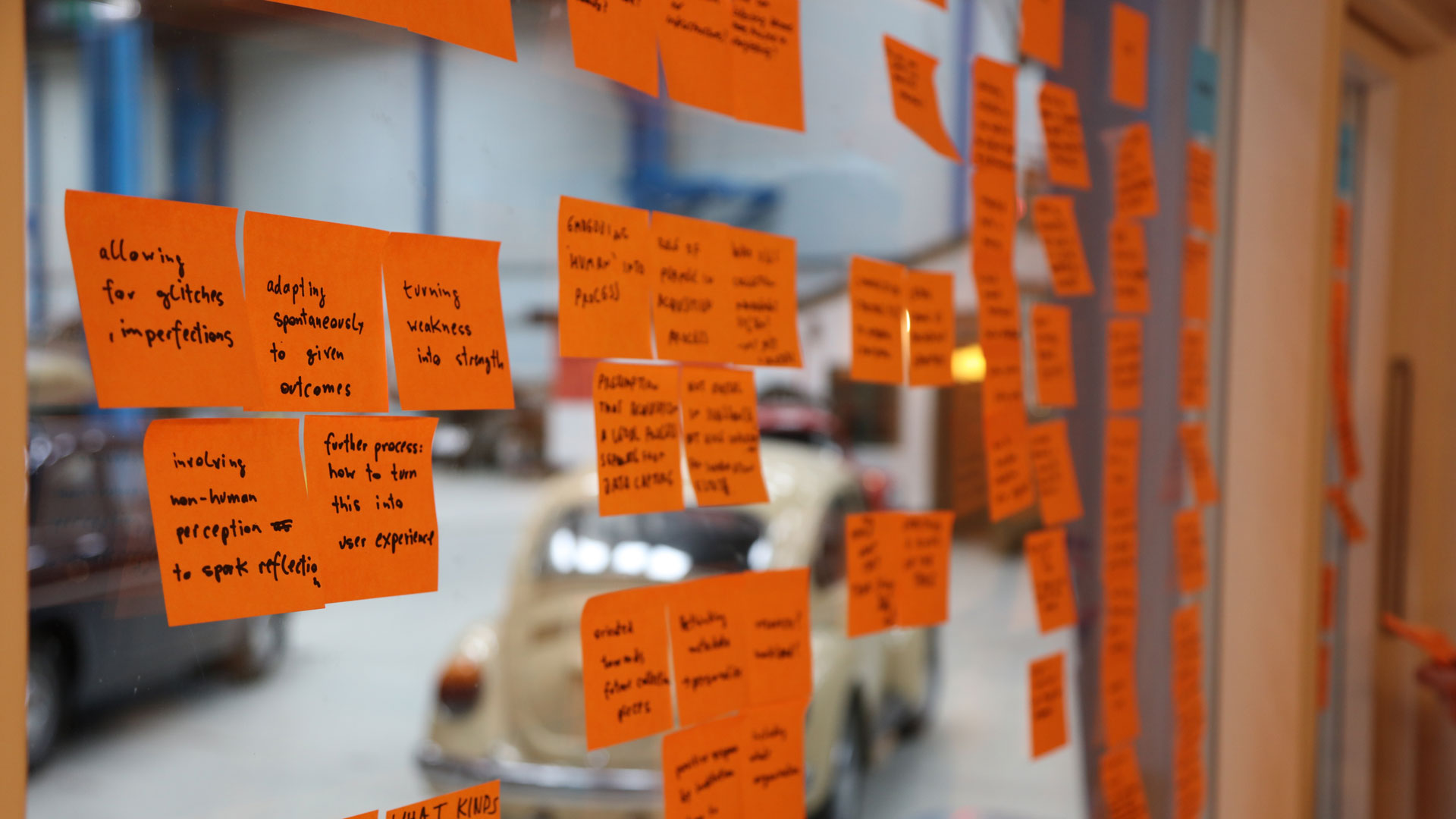
Change Strategies
We found three common themes on how to create the best conditions for change.
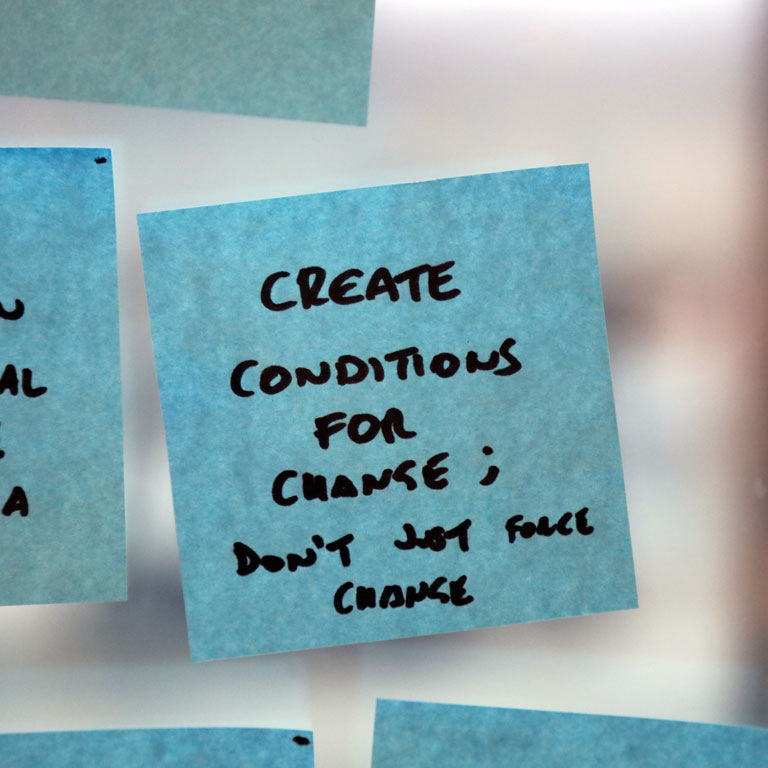
Don’t try to create change
If you set out with the objective to create change, it’s often hard to know exactly what change you need to make happen, how this happens or how likely you are to make it happen. Even if successful, how sustainable would it be? What happens when presented with future challenges? Do you need to start over? Focus instead on creating the right conditions for change to happen, achieved through both ‘hard’ interventions (structures, systems, processes) and ‘soft’ interventions (people-oriented). This enables museums to change more dynamically and organically, without having to prescribe exactly what it is or how it is achieved at the outset.
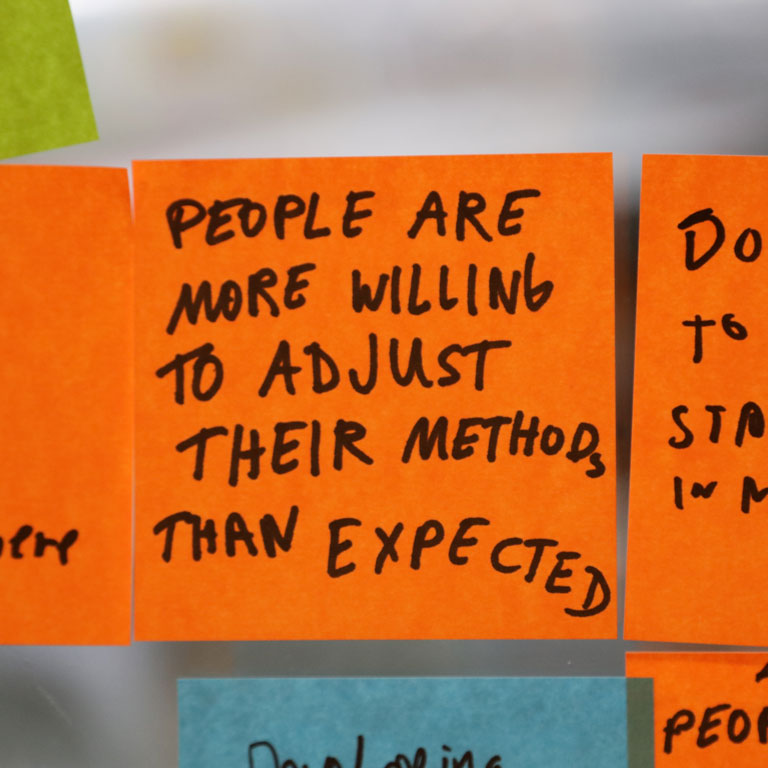
Treat change as people-related
In our discussions, we found that the more successful actions focused on the personal and human aspects of change rather than the organisational. The work of museums in seeking to change the way they engage visitors is fundamentally a case of a group of people trying to engage with another group of people. It’s easy however to overcomplicate this and get distracted by organisational structures, processes and audience segmentation. Focusing on the personal or human aspects of change therefore becomes essential to success. Remember that museums are made by people – that we are structured but also that we are structure.
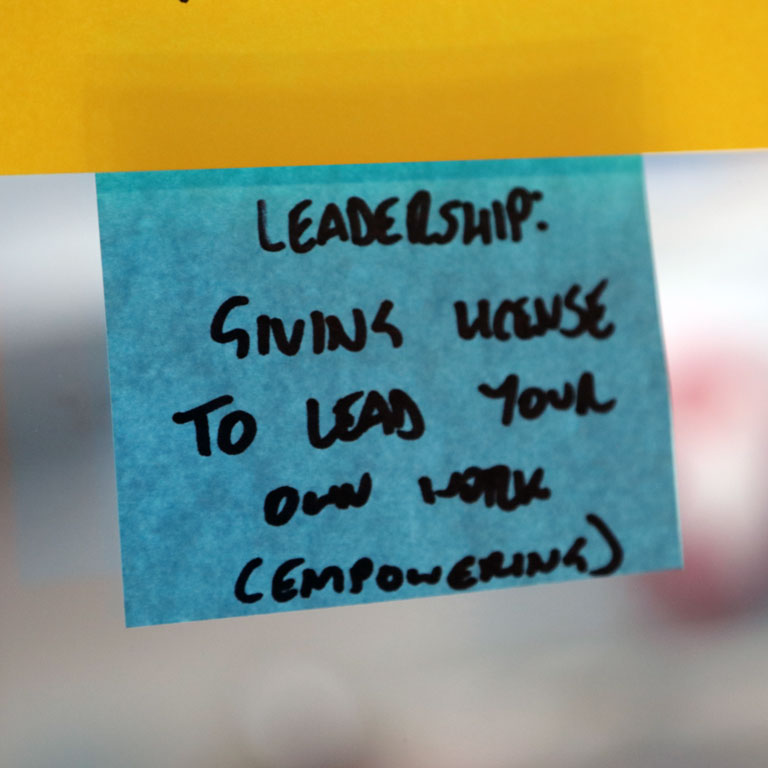
Enable all staff to become change agents
We noted how effective leadership is an important catalyst for successful change and we discussed lots of examples where the actions of senior leadership had both a positive and negative impact on enabling change. We however also noted how leading change could be done by all kinds of staff, and indeed, there was an untapped well of enthusiasm from staff to want to make change happen. We agreed that it was vital that each staff member felt empowered to own and effect change. And that any suggested responses to change considered how an individual staff member could support it through individual actions.


